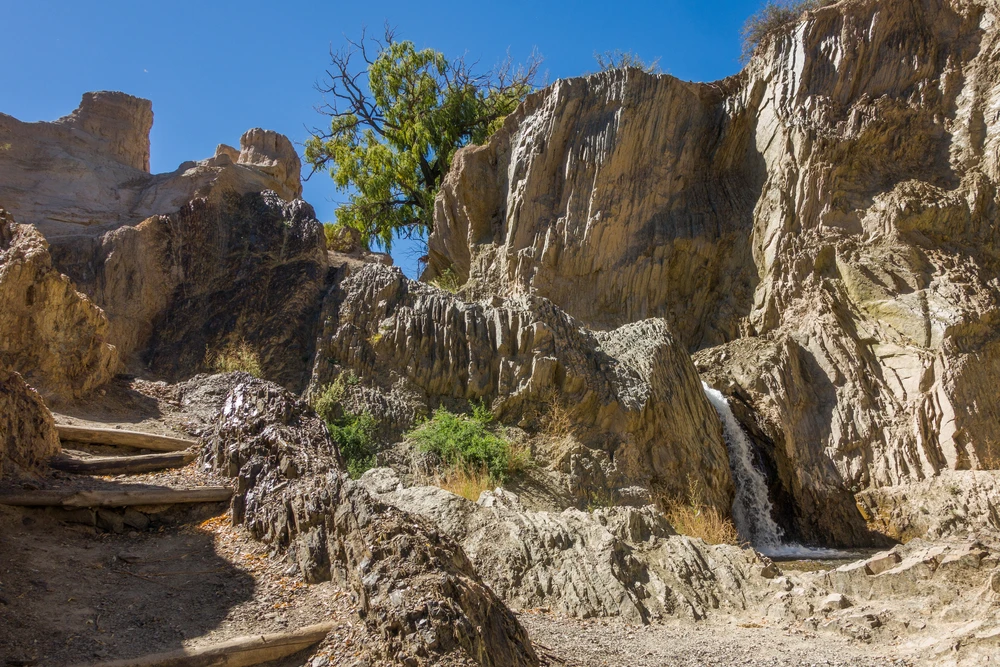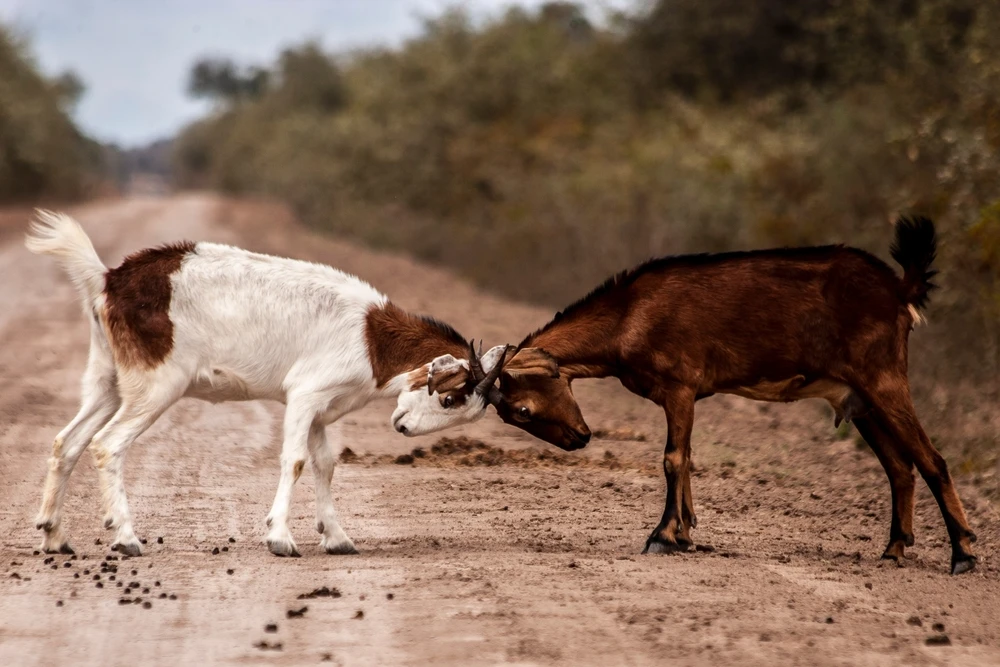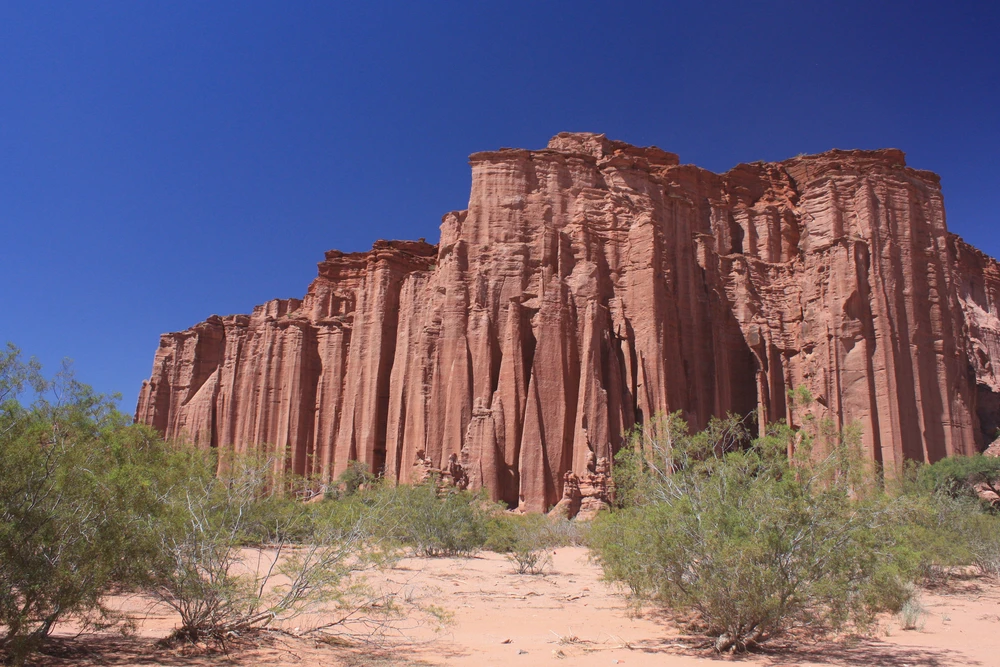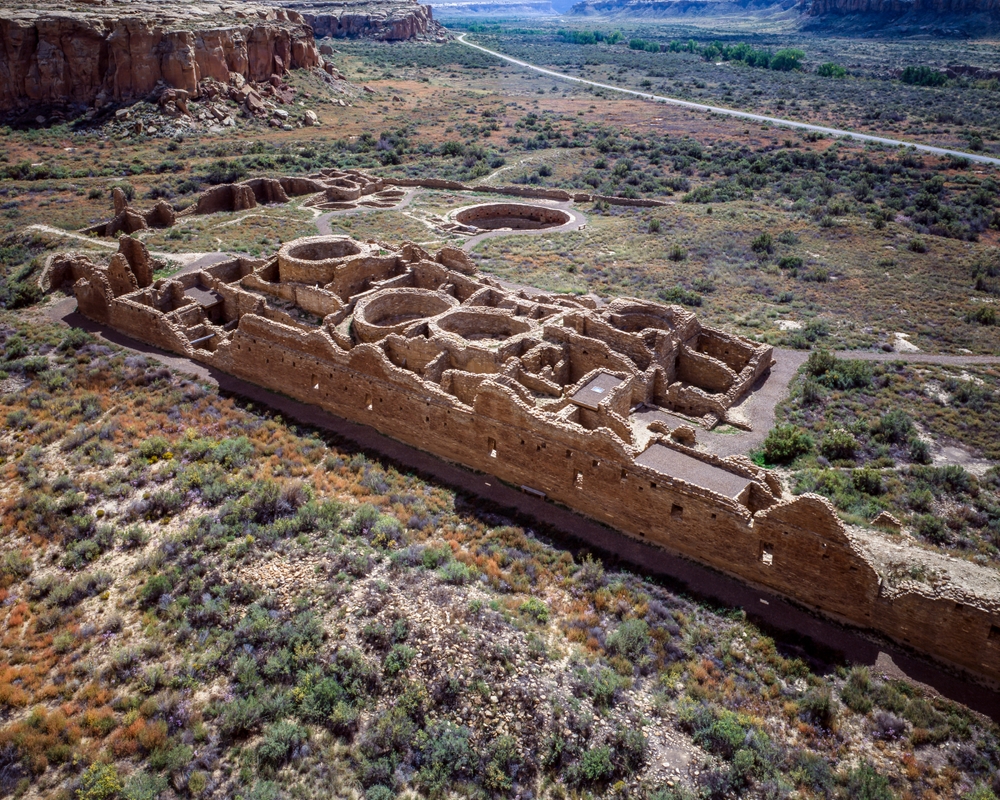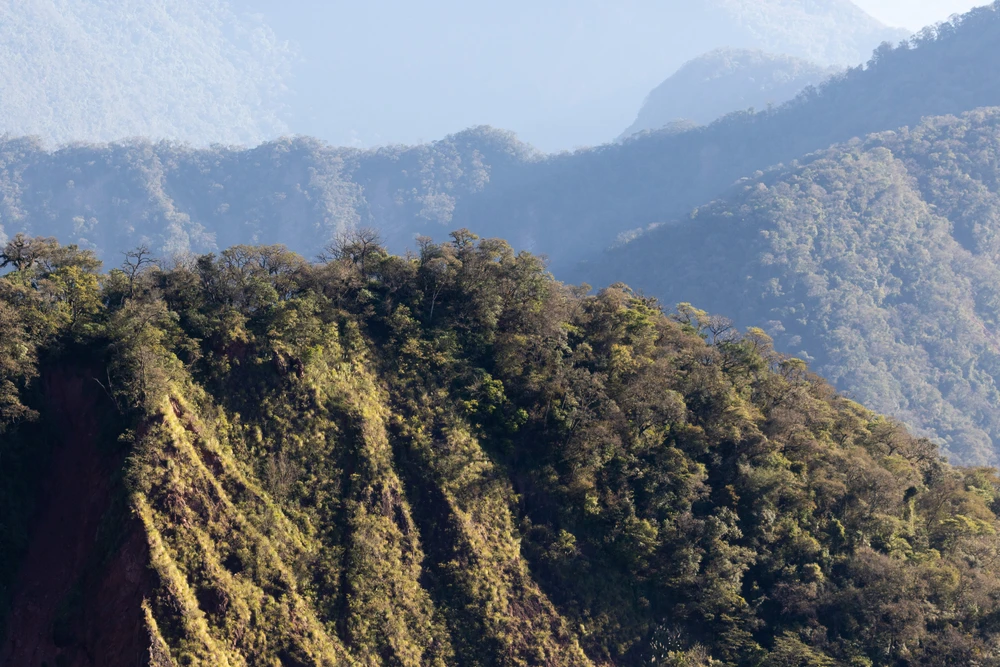El Leoncito Overview
El Leoncito National Park, known locally as Parque Nacional El Leoncito, is a protected area in the San Juan Province of Argentina. Spanning approximately 347 square miles (899 square kilometers), the park is located in the foothills of the Andes Mountains, offering breathtaking scenery and a unique blend of desert and mountain landscapes.
The park sits within a high-altitude, arid environment where the terrain consists of rocky outcrops, vast steppe-like plains, and rugged mountain slopes. The presence of the Sierra del Tontal range adds to the dramatic landscape, with peaks rising over 9,800 feet (3,000 meters) above sea level. The region is known for its clear skies and dry climate, making it one of the best places in Argentina for astronomical observations.
The vegetation in El Leoncito National Park is adapted to the harsh, dry conditions, with species such as jarilla shrubs, cactus varieties, and other drought-resistant plants dominating the landscape.
Along the banks of seasonal streams, visitors may find small groves of trees like willows and poplars that provide rare patches of greenery in an otherwise semi-arid environment. The park is also home to the unique Monte Desert ecosystem, which features a mix of hardy shrubs and sparse grasses that thrive in sandy and rocky soils. This diverse yet fragile ecosystem is a prime example of how life adapts to extreme conditions.
Wildlife in the park is as diverse as its landscapes, offering visitors a chance to encounter species that are well-adapted to arid and mountainous environments. Among the most iconic mammals found here is the guanaco, a wild relative of the llama that roams the park in small herds. The elusive puma, or mountain lion, also inhabits these lands, though sightings are rare. Other mammals include the Andean fox, mara (a large rodent resembling a hare), and armadillos.
Birdwatchers will find El Leoncito a rewarding destination, as the park hosts species like the majestic Andean condor, the burrowing owl, and the colorful Andean flamingo. Raptors such as the black-chested buzzard-eagle soar through the skies, taking advantage of the strong Andean winds.
One of the park’s most popular features is its exceptional stargazing opportunities, thanks to the dry climate and minimal light pollution. The park is home to two major astronomical observatories—El Leoncito Astronomical Complex (CASLEO) and the Carlos U.
Cesco Observatory—where visitors can learn about the cosmos and view celestial objects through powerful telescopes. The park’s clear skies offer year-round opportunities to see constellations, planets, and meteor showers in stunning detail. Beyond astronomy, visitors can explore the park through hiking and horseback riding trails, which provide breathtaking views of the Andean foothills and the vast desert plains.
The trekking routes lead to natural landmarks like the cascading El Rincón Waterfall and the scenic Cerro El Leoncito viewpoint, both offering stunning vistas of the surrounding mountains.
Conservation efforts in El Leoncito National Park focus on protecting its delicate desert ecosystem and preserving its status as an internationally recognized site for astronomical research. Challenges include managing the impacts of climate change, which affects water availability and vegetation, and preventing habitat loss due to human activity.
The park’s designation as a protected area has helped safeguard native species and promote sustainable tourism, ensuring that future generations can continue to enjoy its natural wonders. Efforts to maintain dark sky preservation have been particularly successful, making the park a model for balancing conservation with scientific research and ecotourism.








































































